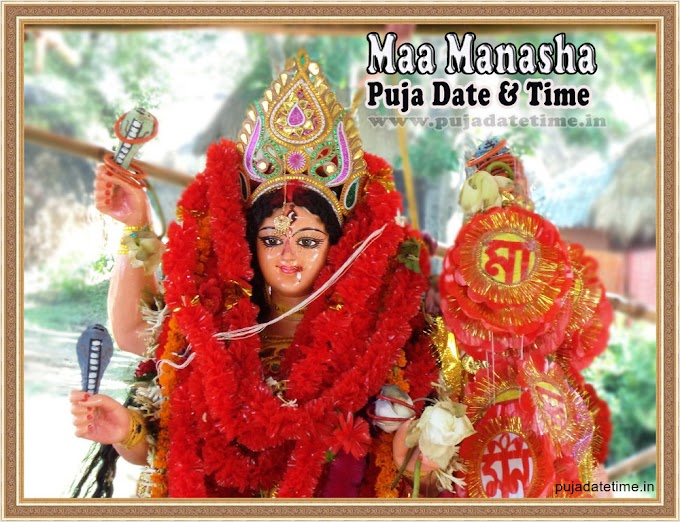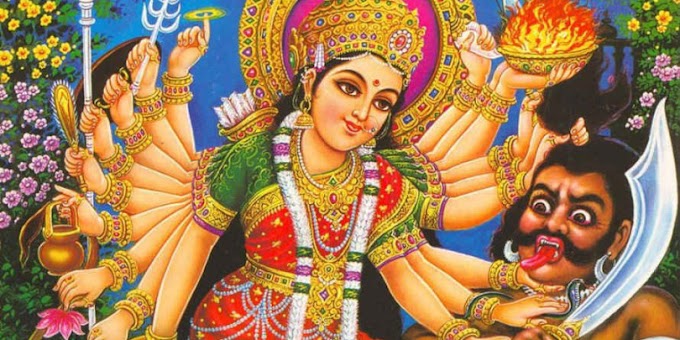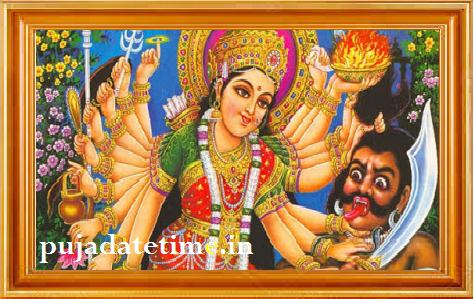Rongali Bihu
Rongali Bihu, also known as Bohag Bihu, is the most popular and widely celebrated of the Bihu festivals. It marks the onset of the Assamese New Year and falls in mid-April, coinciding with the advent of spring. The festival lasts for seven days and is divided into three phases – Chot Bihu, Goru Bihu, and Manuh Bihu.
Chot Bihu is celebrated on the first day of Rongali Bihu and involves cleaning and decorating homes, as well as preparing traditional delicacies like pitha, laru, and doi. Goru Bihu, which falls on the second day, is dedicated to the cattle that play a central role in Assamese agriculture. On this day, cows and buffaloes are washed, smeared with turmeric paste, and adorned with garlands and bells. In some villages, there are also bull fights and buffalo races.
Manuh Bihu, the third and final phase of Rongali Bihu, is the most festive and joyous of all. People dress up in traditional Assamese attire, sing and dance to the beat of the dhol, pepa, and taal, and exchange greetings and gifts. The highlight of Manuh Bihu is the community feast, called the Bihuwan, where people gather to eat, drink and make merry.
Kongali Bihu
Kongali Bihu, also known as Kati Bihu, falls in mid-October and marks the end of the sowing season and the beginning of the harvesting season. Unlike Rongali Bihu, Kongali Bihu is a low-key affair and is observed mainly in rural areas. The festival is marked by lighting earthen lamps (akaxi gogona) in paddy fields and praying for a bountiful harvest. People also offer prayers to Tulsi, the holy basil plant, and light bonfires to ward off evil spirits.Bhogali Bihu
Bhogali Bihu, also known as Magh Bihu, is celebrated in mid-January, marking the end of the harvesting season. The festival is dedicated to feasting and merry-making, and is also known as Uruka. On the night before Bhogali Bihu, people build makeshift huts (meji) using bamboo, thatch, and dried leaves, and light bonfires inside them. The meji represents the end of the old year and the beginning of the new, and the bonfire symbolizes the burning of all the negative energy and impurities of the past year.
On the day of Bhogali Bihu, people wake up early in the morning, take a bath, and offer prayers to the deities. They then go out to the fields to collect freshly harvested rice, which is later used to prepare traditional Assamese delicacies like pitha, laru, and doi. Families and friends gather together to eat, drink, and make merry, and there are also various sports and games, such as buffalo fights, cock fights, and bull fights.
Conclusion
The Bihu festivals are a celebration of the rich cultural heritage of Assam, and bring together people from all walks of life to rejoice in the changing seasons and the bountiful harvest. From the vibrant music and dance to the delicious traditional cuisine, every aspect of the festival is steeped in tradition and history. As Assam continues to modernize and develop, it is important to preserve and promote these festivals and keep the flame of Assamese culture burning bright.
10 more things you need to know about Bohag Bihu:
- The origin of the name: The word 'Bohag' means spring in Assamese, while 'Bihu' refers to the Assamese harvest festival. So, Bohag Bihu is essentially a spring harvest festival.
- Predominantly an agricultural festival: Bohag Bihu is chiefly an agricultural festival that celebrates the start of the new farming season and the first day of the Assamese New Year.
- Celebrated across Assam: Bohag Bihu is celebrated with great enthusiasm across Assam by people from all walks of life irrespective of caste, creed, or religion.
- Traditional attire: During Bohag Bihu, women wear Mekhela chadors, which are traditional dresses made of cotton or silk, draped in a unique style, while men wear dhotis and kurtas.
- Folk songs and dances: Bihu dance, Jhumur dance, and Deodhani dance are some of the popular folk dances performed during Bohag Bihu. These dances are accompanied by traditional musical instruments like the dhol, pepa (a kind of hornpipe), taal (a cymbal), and gogona (a type of reed instrument).
- Community feasting: Community feasts, called Bihuwan, are an integral part of Manuh Bihu celebrations. People gather together and share traditional delicacies like pitha, laru, and different types of rice-based dishes.
- Traditional handicrafts: During Bohag Bihu, various traditional handicrafts like Gamocha (a traditional cotton towel) and Jaapi (a traditional hat made of bamboo and palm leaves) are sold in local markets.
- Symbolic rituals: Lighting earthen lamps in paddy fields during Kongali Bihu and lighting bonfires inside makeshift huts (meji) during Bhogali Bihu are symbolic rituals representing the end of the old year and the beginning of the new.
- Traditional sports: Buffalo fights, cock fights, and bull fights are some of the traditional sports played during Bhogali Bihu.
- The importance of Bohag Bihu: Bohag Bihu is an essential part of Assamese culture and tradition as it celebrates the beginning of a new agricultural cycle, the onset of spring, and the hope for a bountiful harvest. It also provides an opportunity for people to come together and celebrate their cultural heritage.
FAQ:
Here are 10 frequently asked questions related to Bihu festivals:
You May Like Also
Also Like This
- What is the significance of Bihu festivals?
Ans: Bihu festivals mark the changing seasons and the bountiful harvest in Assam. They are an expression of joy and exuberance and bring people together to celebrate their cultural heritage. - How many Bihu festivals are there?
Ans: There are three main Bihu festivals in Assam – Rongali Bihu, Kongali Bihu, and Bhogali Bihu. Each festival marks a different season and has its unique customs and traditions. - When do Bihu festivals take place?
Ans: Rongali Bihu falls in mid-April, Kongali Bihu falls in mid-October, and Bhogali Bihu falls in mid-January. - What are some traditional foods prepared during Bihu festivals?
Ans: Traditional foods prepared during Bihu festivals include pitha, laru, doi, and various types of rice-based dishes. - What types of dances are performed during Bihu festivals?
Ans: Various types of dances, such as the Bihu dance, Jhumur dance, and Deodhani dance, are performed during Bihu festivals. These dances are accompanied by traditional musical instruments like the dhol, pepa, taal, and gogona. - What is the meaning of Meji in Bhogali Bihu?
Ans: Meji is a makeshift hut built using bamboo, thatch, and dried leaves, which represents the end of the old year and the beginning of the new. The bonfire lit inside the meji symbolizes the burning of all negative energy and impurities of the past. - How do people celebrate Rongali Bihu?
Ans: Rongali Bihu is celebrated over seven days and involves cleaning and decorating homes, preparing traditional delicacies, washing and adorning cattle, dressing up in traditional attire, singing and dancing to the beat of musical instruments, and exchanging greetings and gifts. - How is Kongali Bihu celebrated?
Ans: Kongali Bihu is a low-key affair and is observed mainly in rural areas. It is marked by lighting earthen lamps in paddy fields and praying for a bountiful harvest. People also offer prayers to Tulsi, the holy basil plant, and light bonfires to ward off evil spirits. - What is the significance of buffalo fights during Bhogali Bihu?
Ans: Buffalo fights are a traditional sport during Bhogali Bihu and are believed to have originated as a way of testing the strength and stamina of the animals. The fights are now strictly regulated and monitored to ensure the safety and well-being of the animals. - How can one participate in Bihu festivals?
Ans: Bihu festivals are open to all and anyone can participate in the celebrations. Visitors can witness the various customs and traditions, sample traditional foods, and enjoy the music and dance performances.




.jpg)





0 Comments